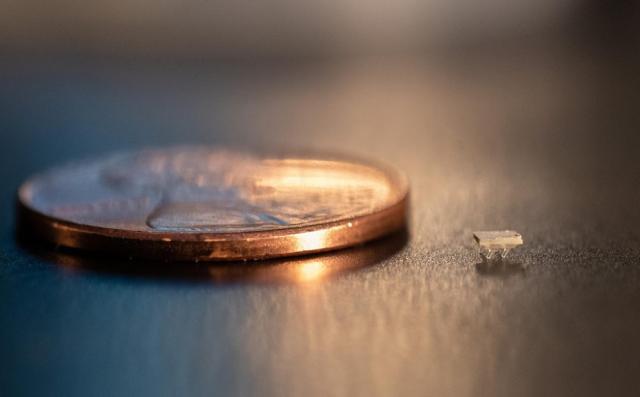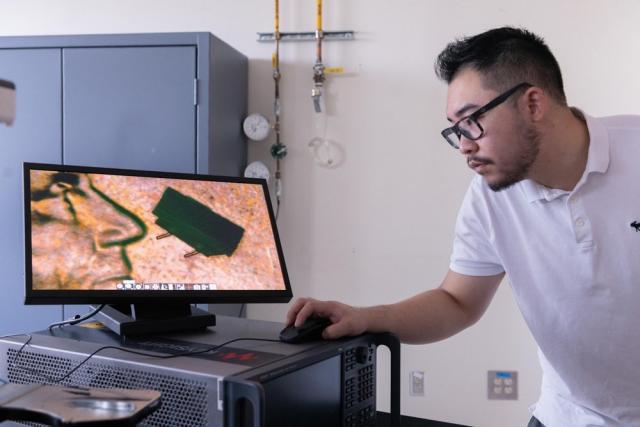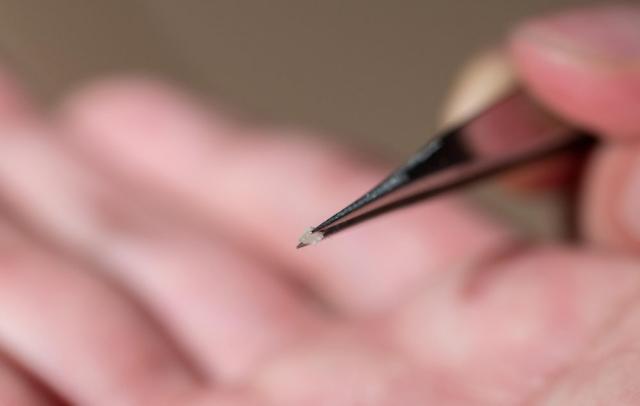Scientists are working hard to perfect small robots that can do one job at the same time, so that they can complete tasks on a larger scale.Georgia Institute of Technology has developed a3D printingThese micro-robots may one day work in groups to sense changes in the environment, move materials, and may one day repair injuries in the human body.
 3D printingRobot” alt=”Georgia Institute of Technology has developed an almost invisible miniature3D printingRobot” />
3D printingRobot” alt=”Georgia Institute of Technology has developed an almost invisible miniature3D printingRobot” /> The prototype robot is designed to respond to different vibration frequencies according to its configuration. The different vibrations they respond to allow researchers to control each robot by adjusting the vibration frequency. The tiny robot is only two millimeters long, about the size of the smallest ant in the world.
 3D printingRobot” alt=”Georgia Institute of Technology has developed an almost invisible miniature3D printingRobot” />
3D printingRobot” alt=”Georgia Institute of Technology has developed an almost invisible miniature3D printingRobot” /> Despite their small size, the miniature robots can move four times their length in one second.The robot has piezoelectric actuators glued to a polymer body that uses two-photon polymerization lithography to perform3D printing. The small actuator generates vibration and is powered by an external source because there is not a small enough battery installed on the robot. The vibration can come from a piezoelectric vibrator under the surface where the robot is moving. Vibration causes the elastic legs of the robot’s legs to move up and down, thereby pushing the robot forward. The amplitude of the vibration controls the speed of the robot’s movement.
 3D printingRobot” alt=”Georgia Institute of Technology has developed an almost invisible miniature3D printingRobot” />
3D printingRobot” alt=”Georgia Institute of Technology has developed an almost invisible miniature3D printingRobot” /> This kind of micro robot uses TPP process to polymerize monomer resin materials by3D printingIn-machine manufacturing, after the part of the resin block irradiated by ultraviolet rays is chemically treated, the remaining part can be washed away, leaving behind the robot structure. In addition, the piezoelectric actuator can also generate voltage when it vibrates, allowing the sensor to run on the device.
(Editor in charge: admin)


0 Comments for “Georgia Institute of Technology has developed almost invisible miniature 3D printed robots”